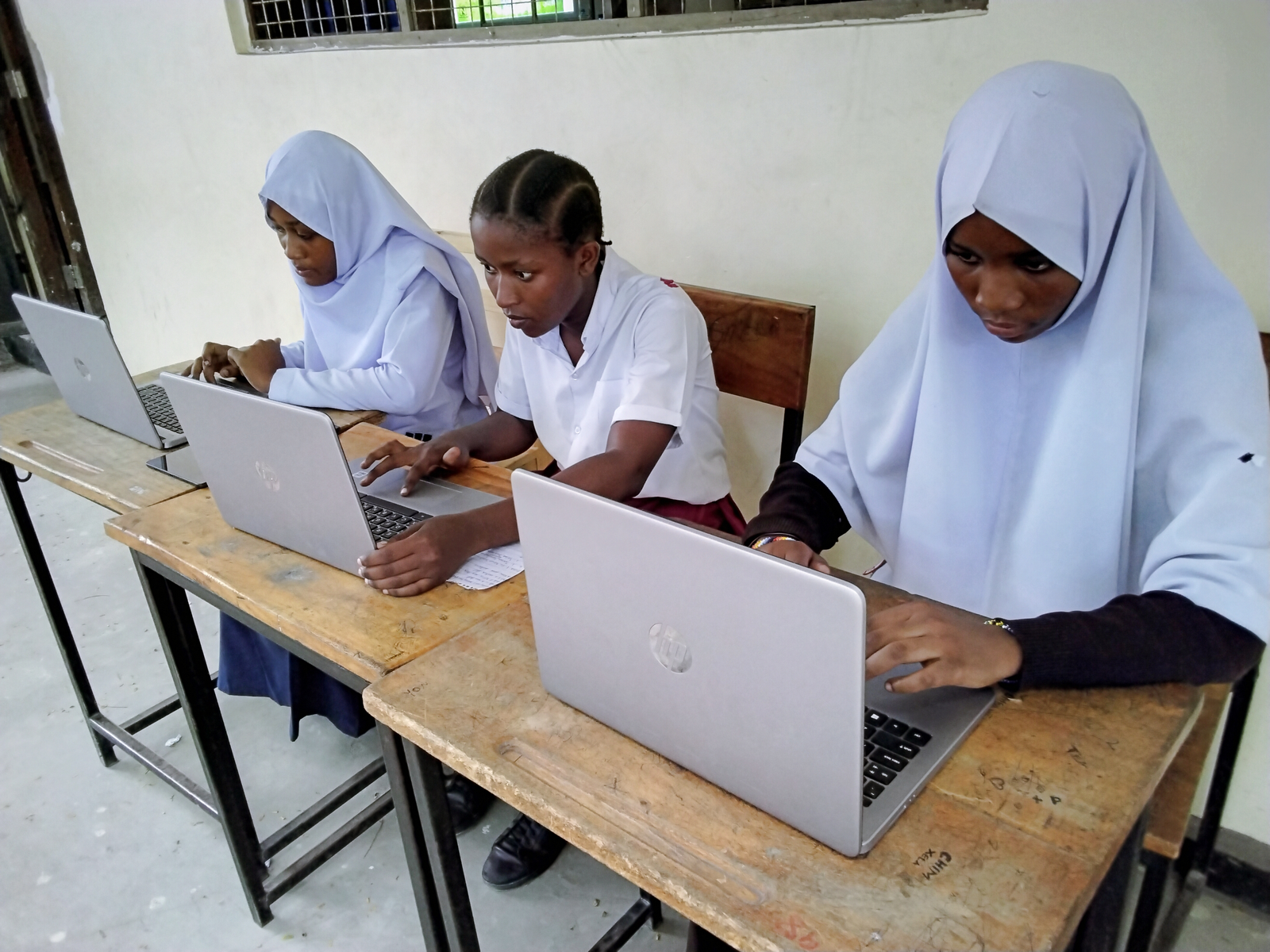Akramul Islam, director of water, sanitation and hygiene at the Bangladeshi charity BRAC, said the country’s once-high levels of open defecation – using open ground rather than toilets – were now below 1%.
“Today, schools have separate toilets for girls and boys and the issue of menstrual hygiene is also being addressed,” he said.
“This has happened because of initiatives taken by both the government, the NGOs and other stakeholders.”
Despite the improvements, more than a third of girls in South Asia miss school on between one to three days a month during their period, WaterAid said, urging greater investment in basic sanitation.
“If we are serious about all children and young people, wherever they are, whatever their gender, physical ability or community background, having their right to clean water and sanitation, we must take decisive and inclusive action now,” said Chief Executive Tim Wainwright.

